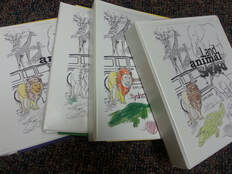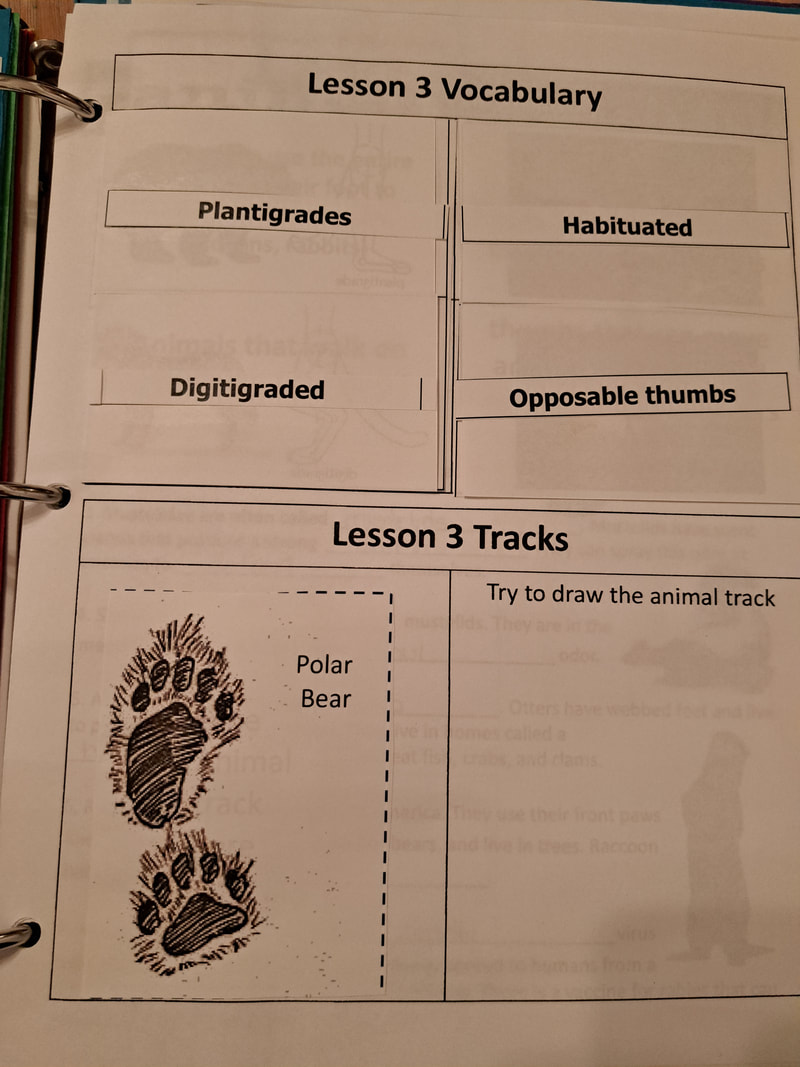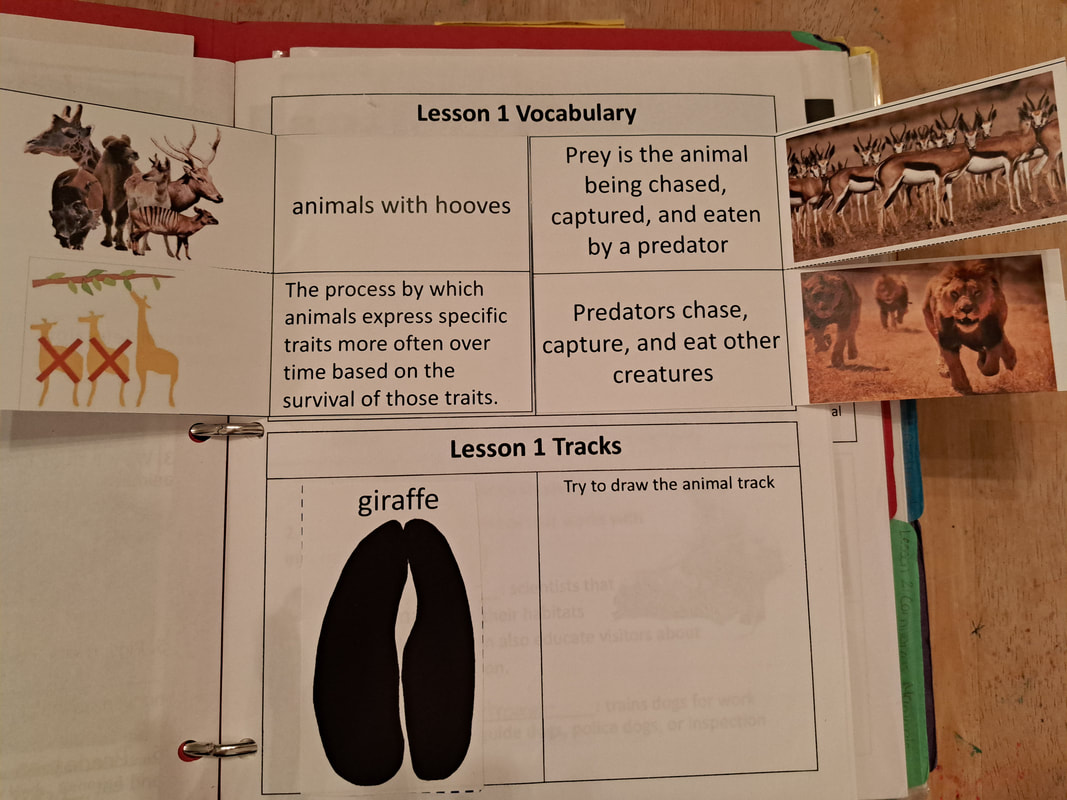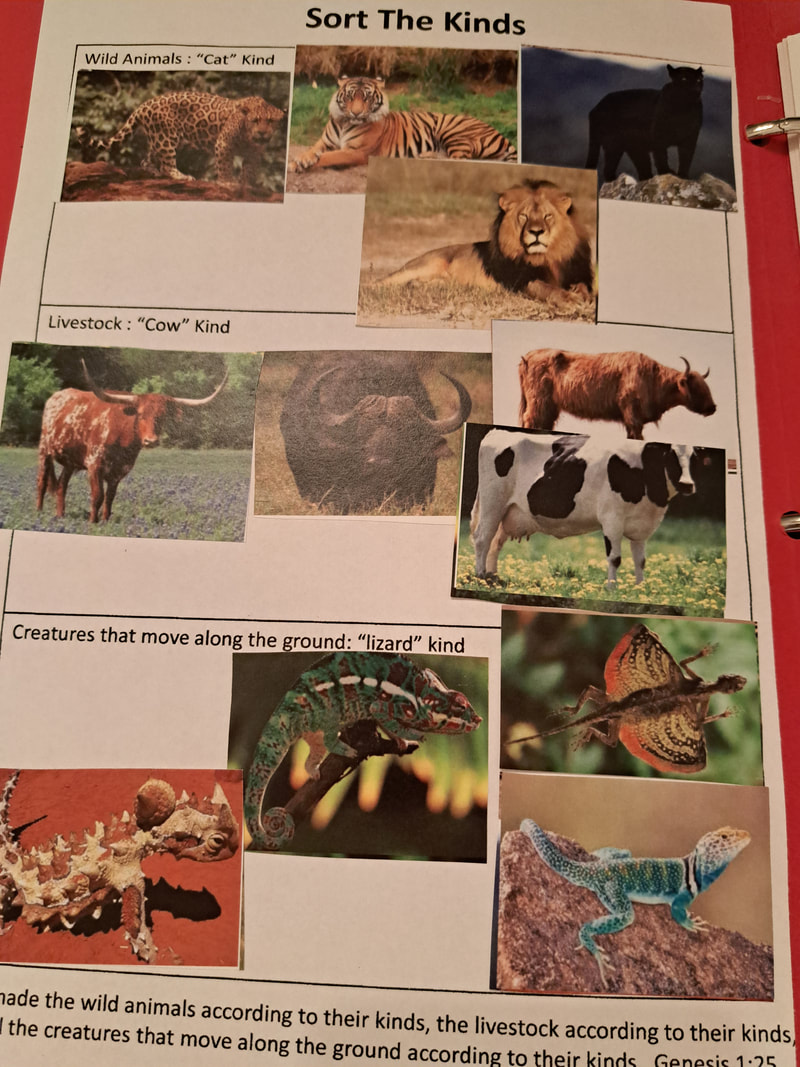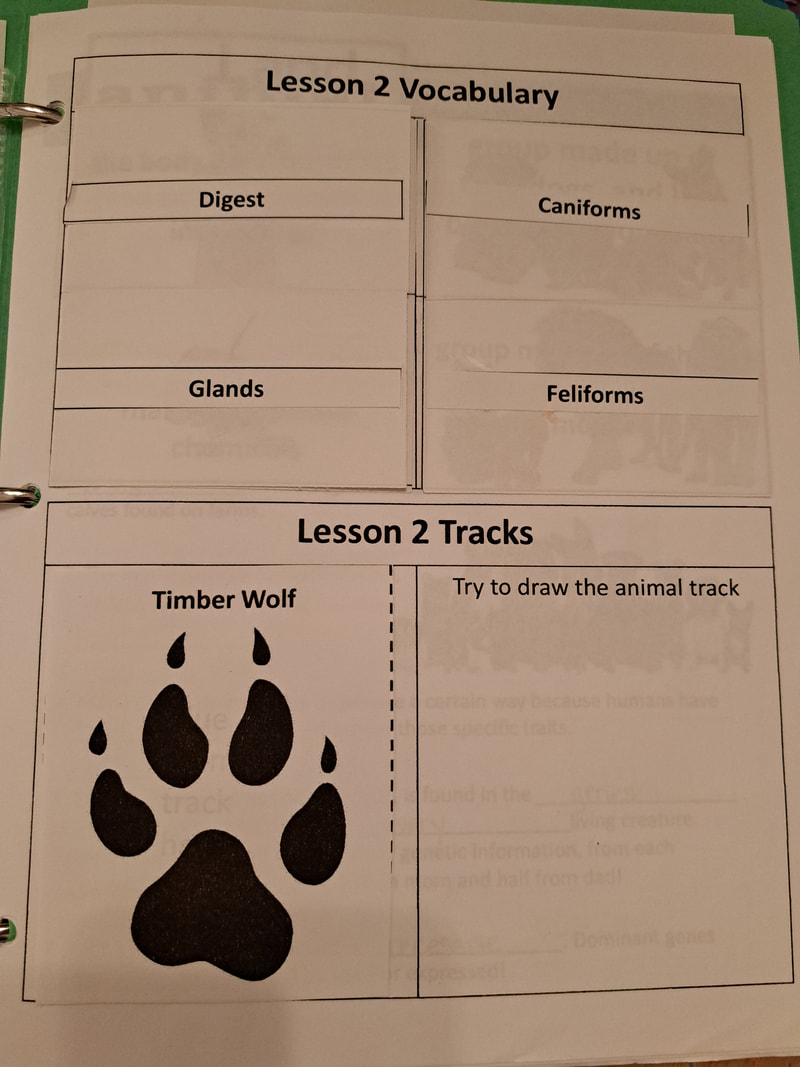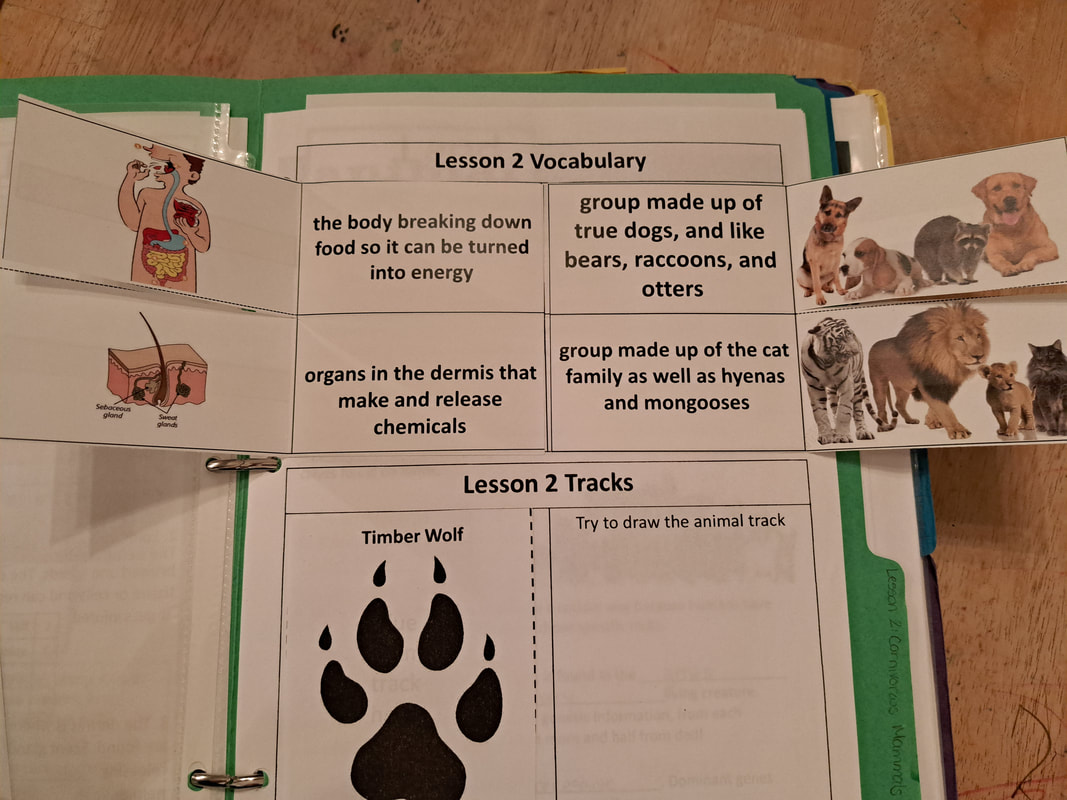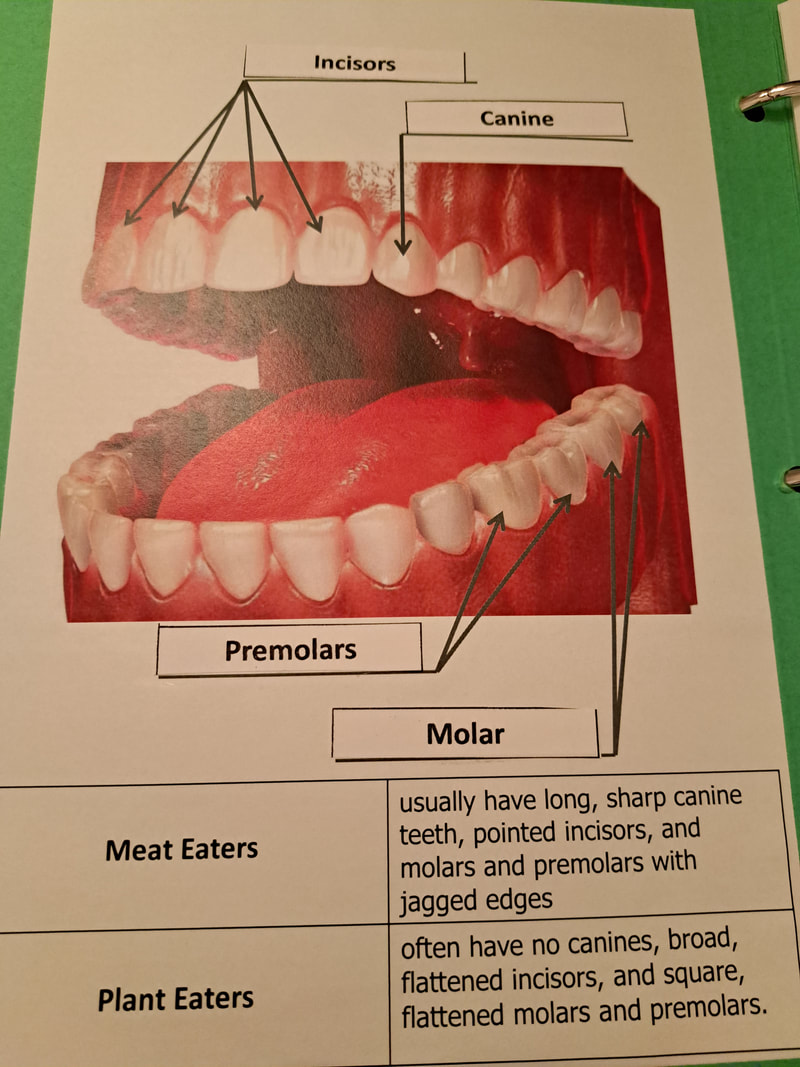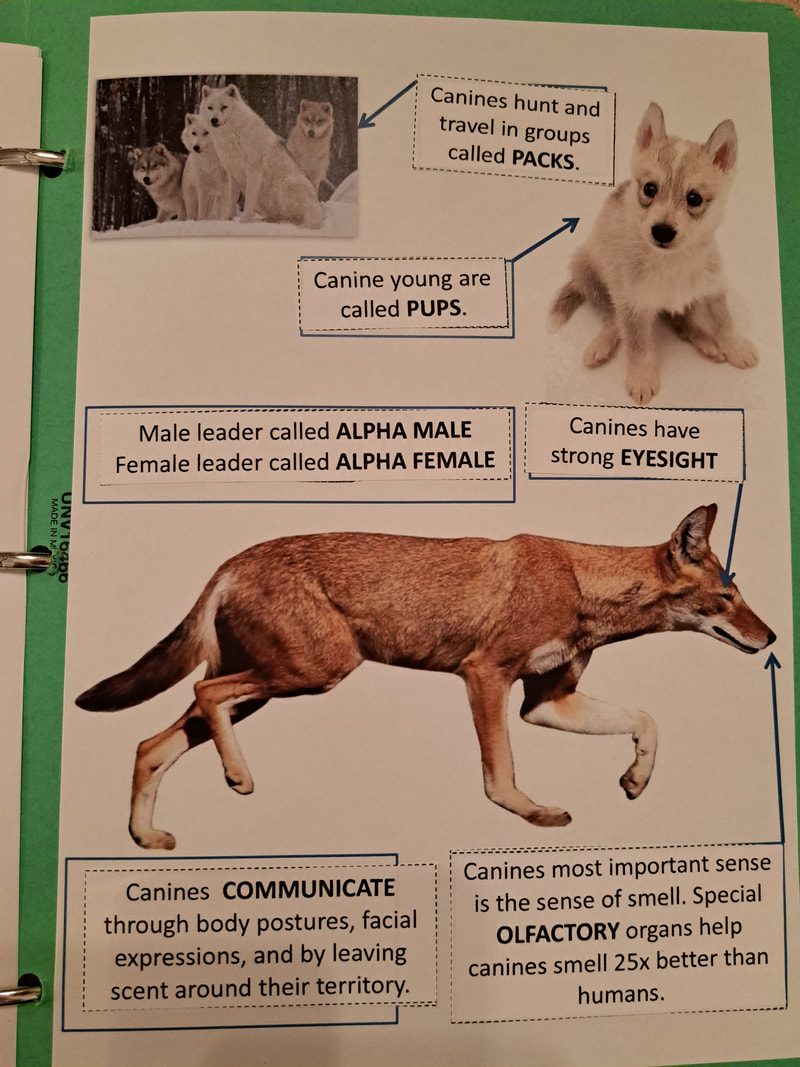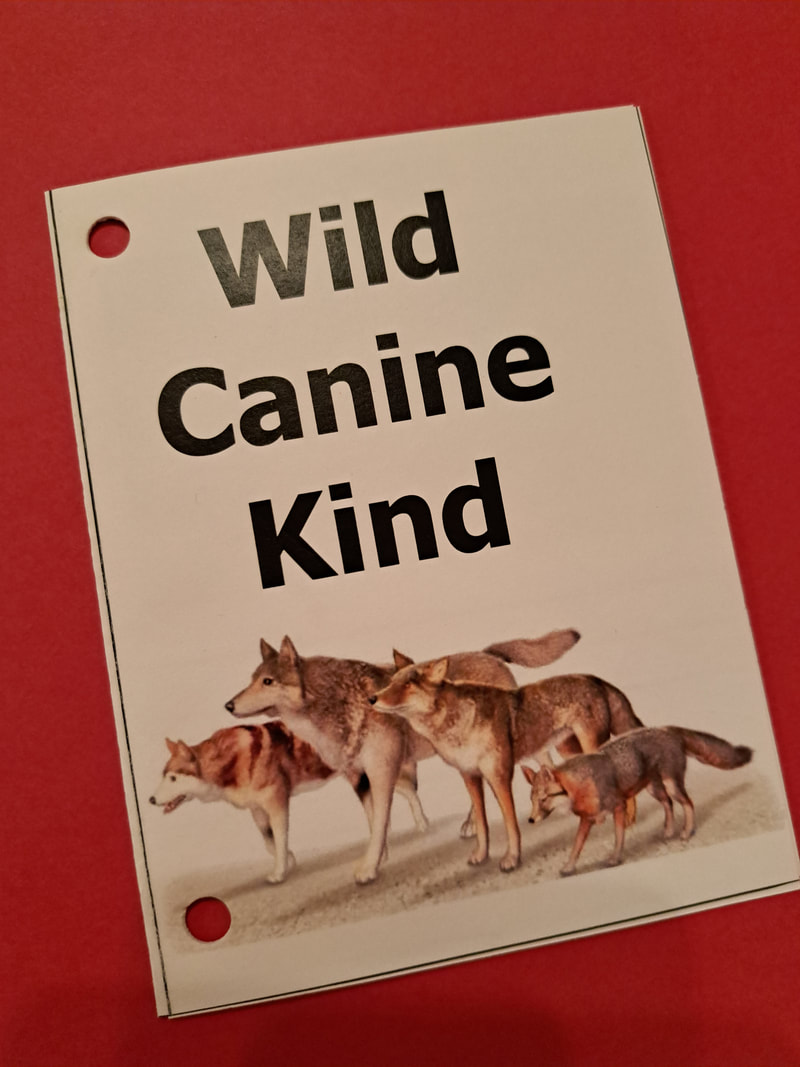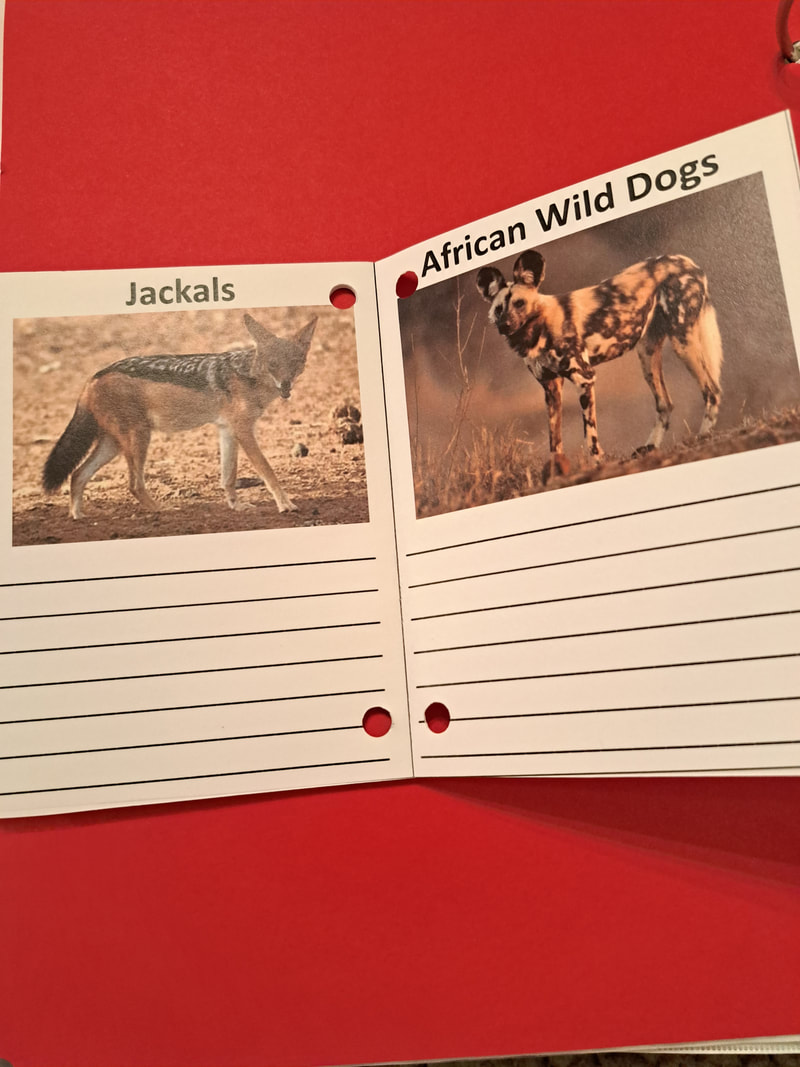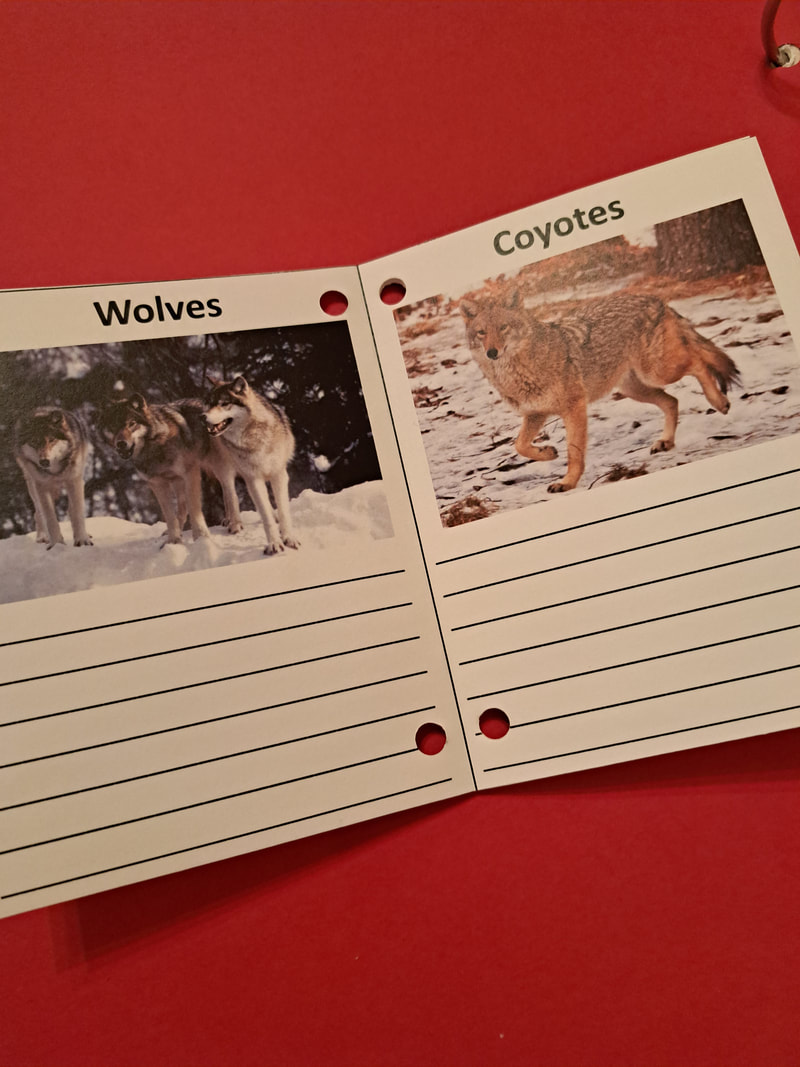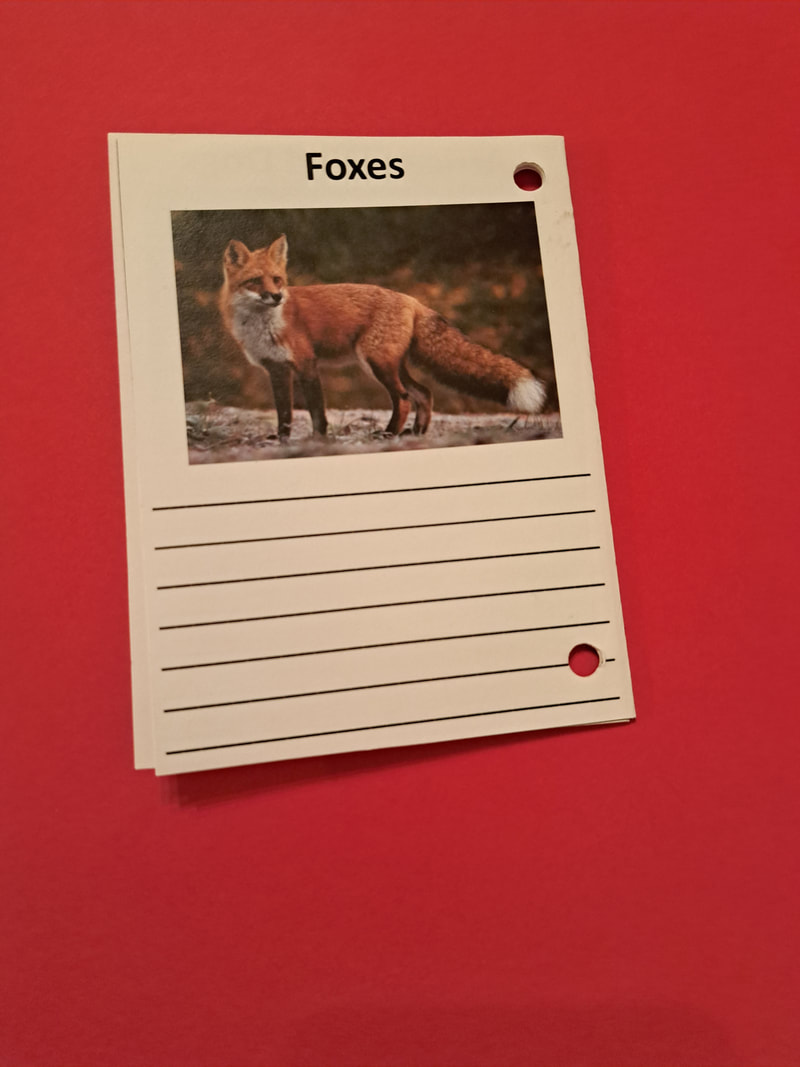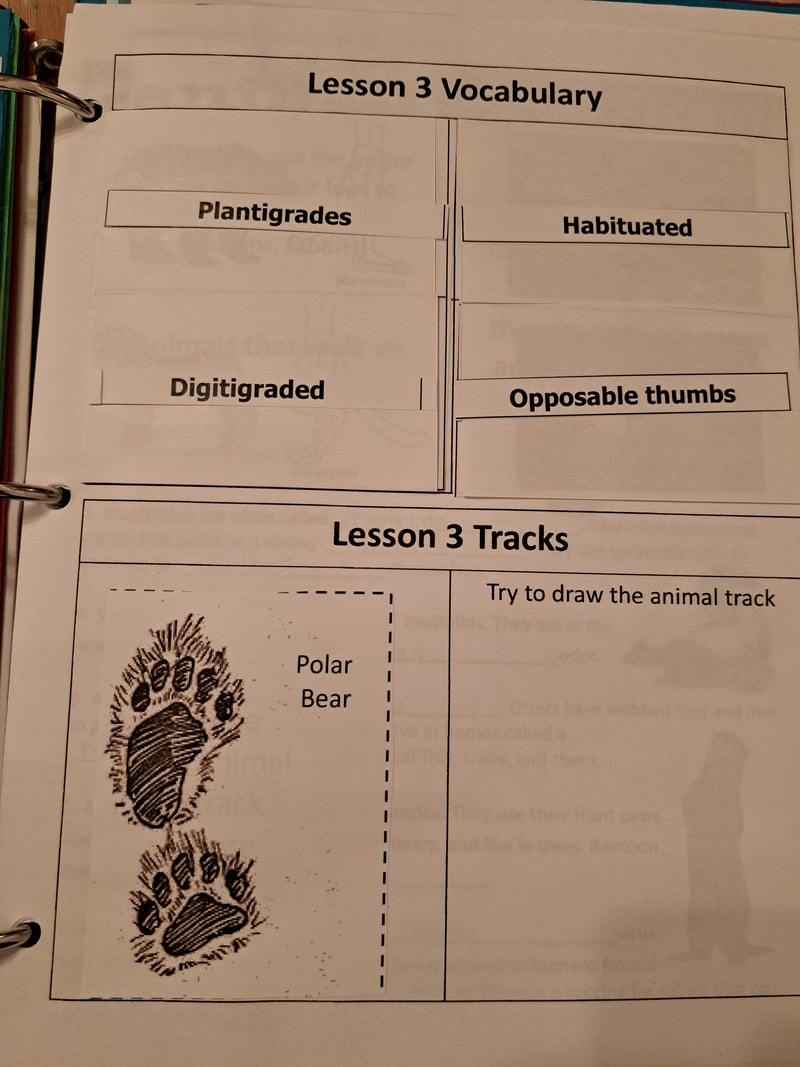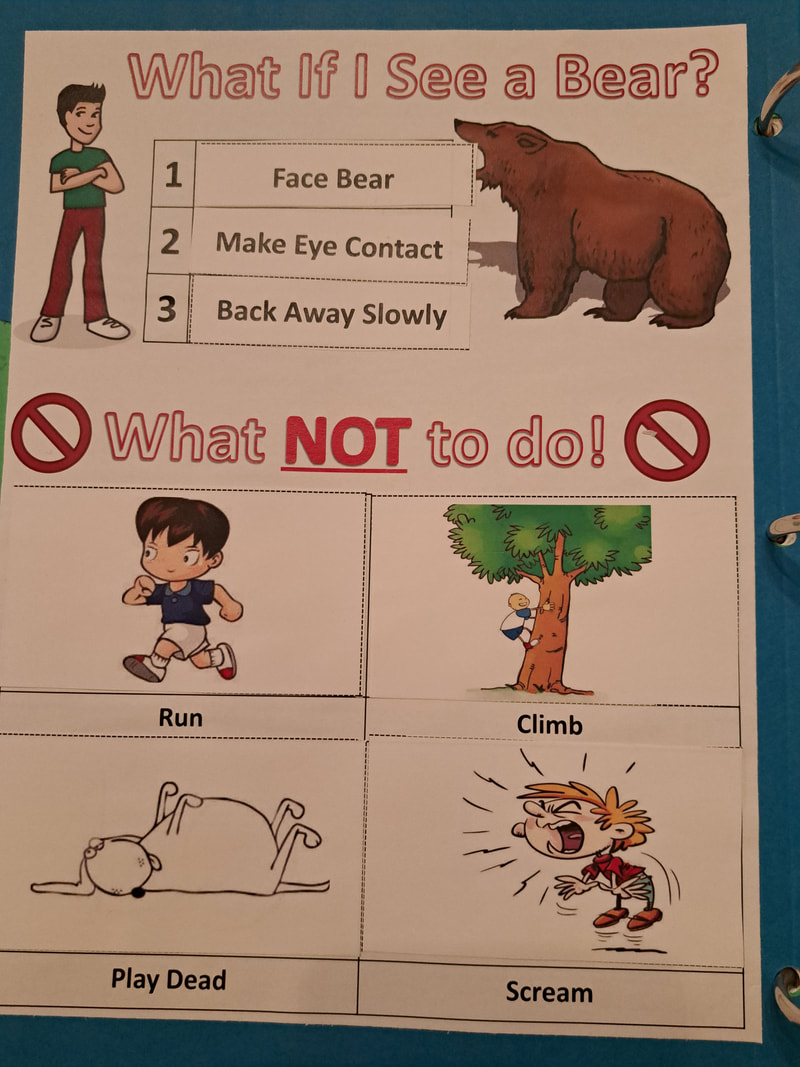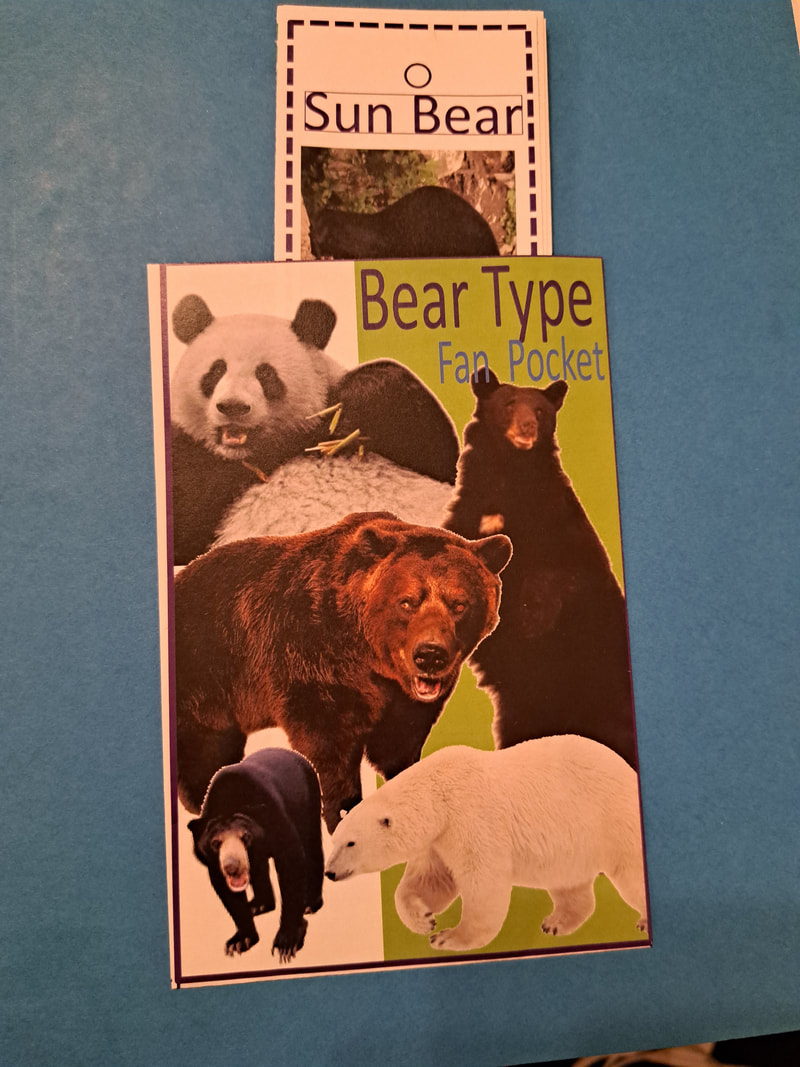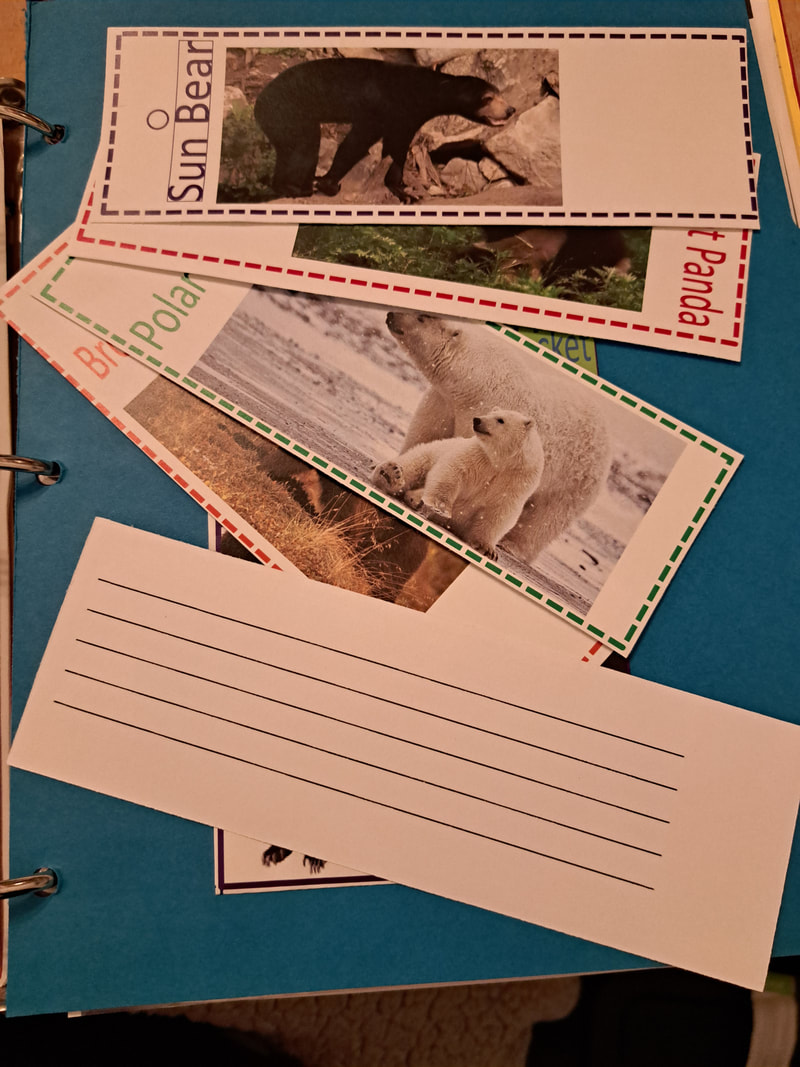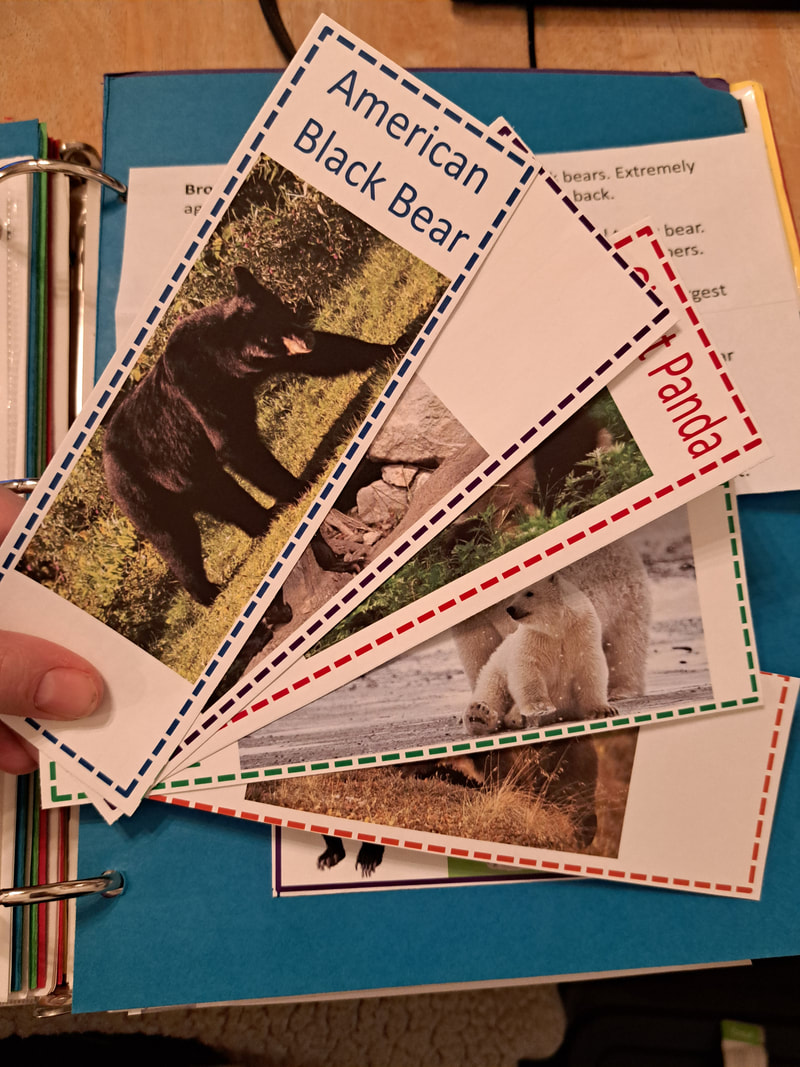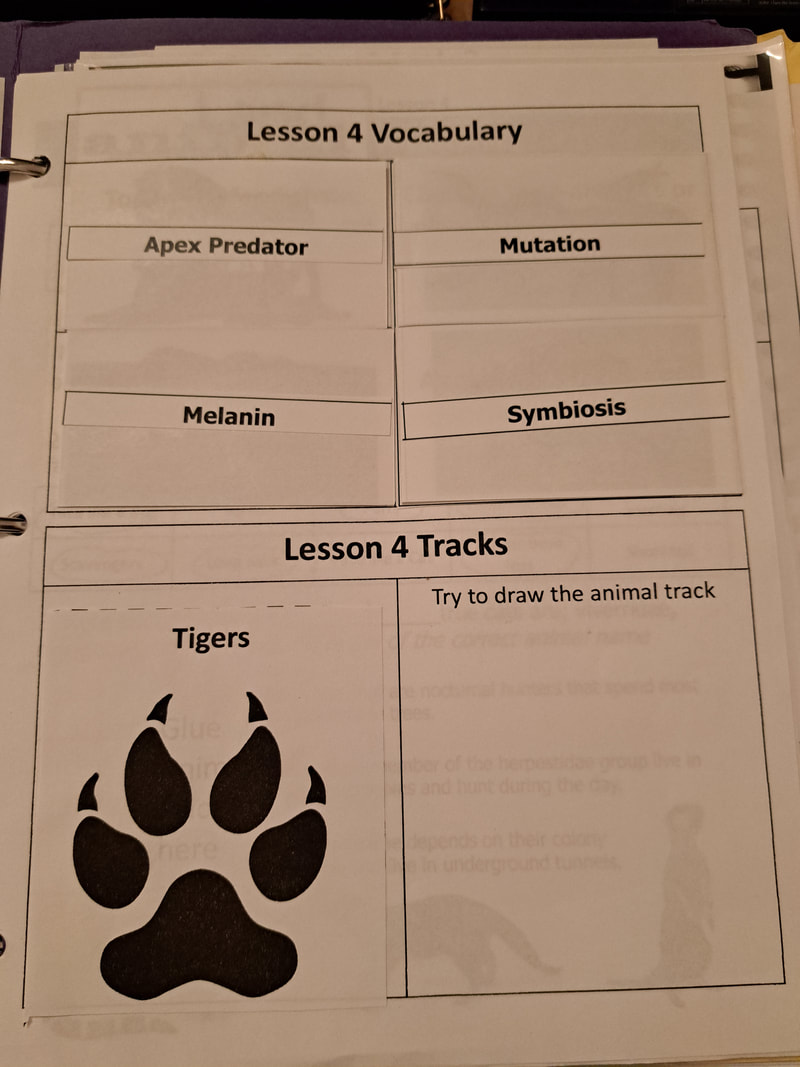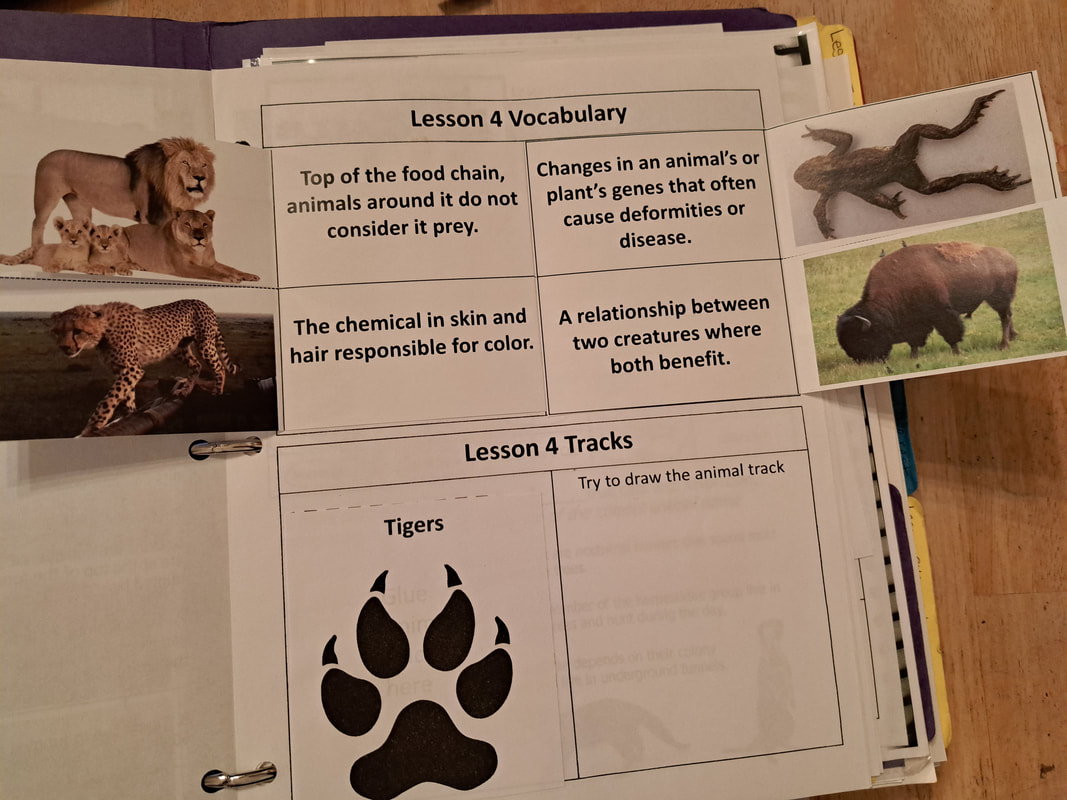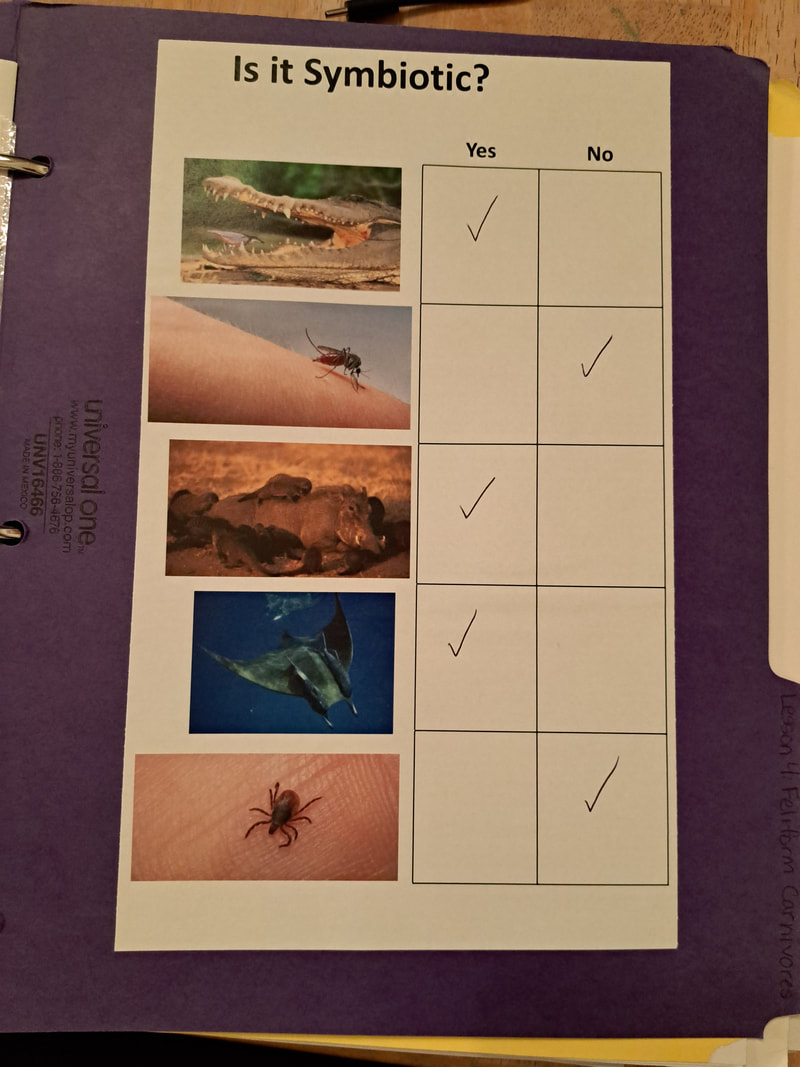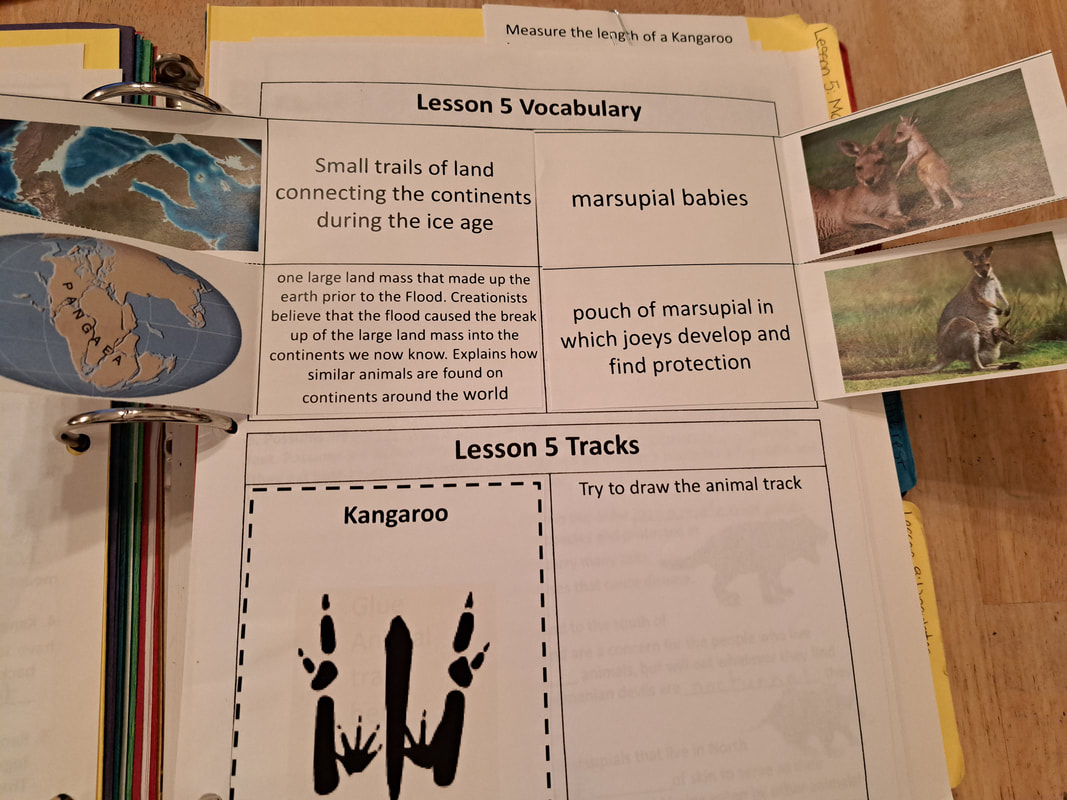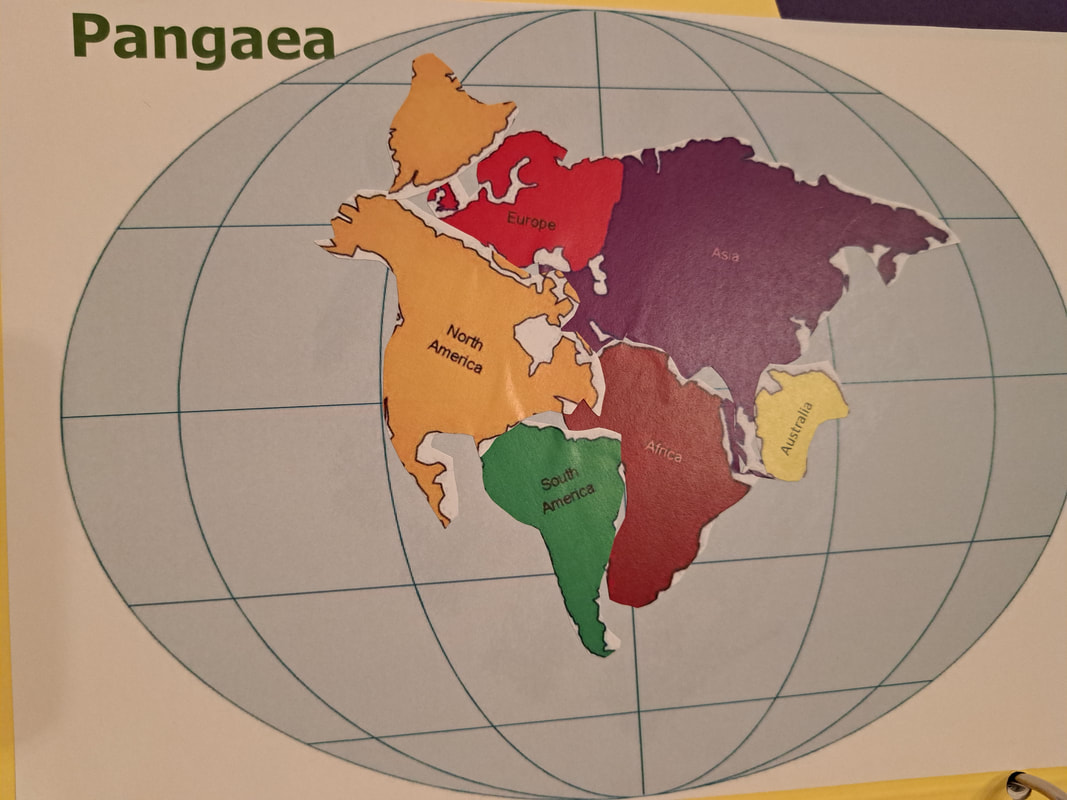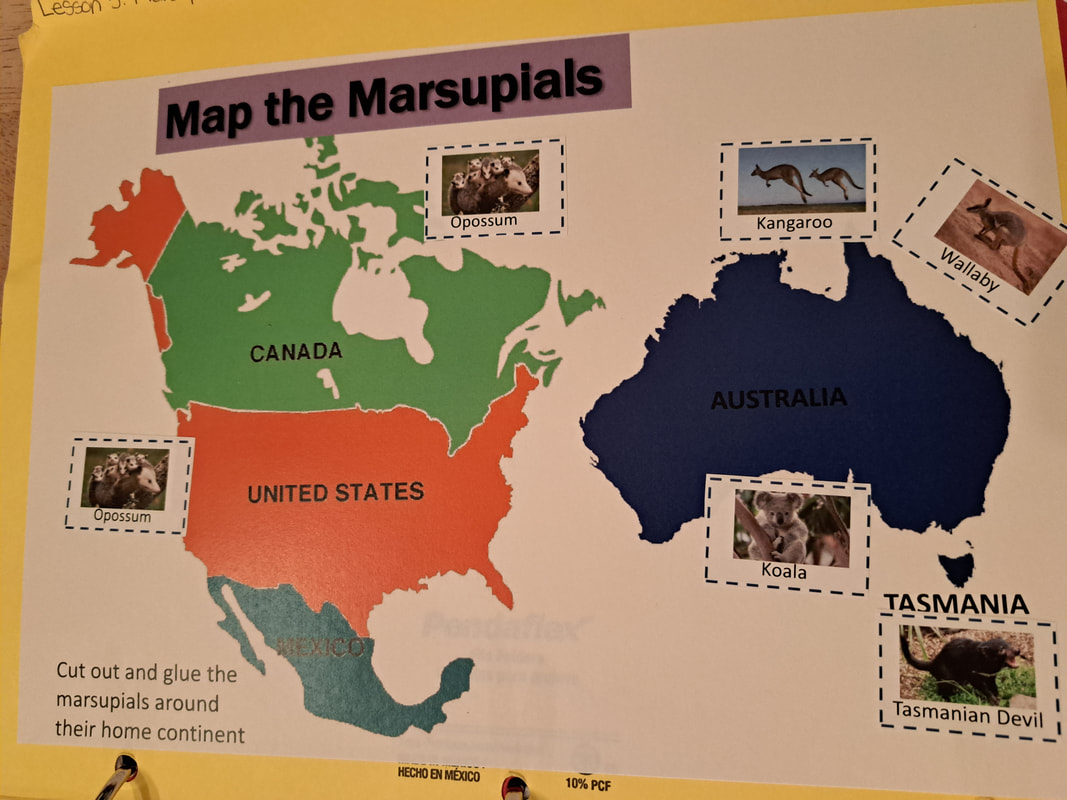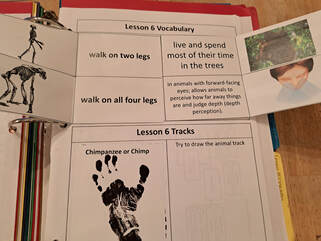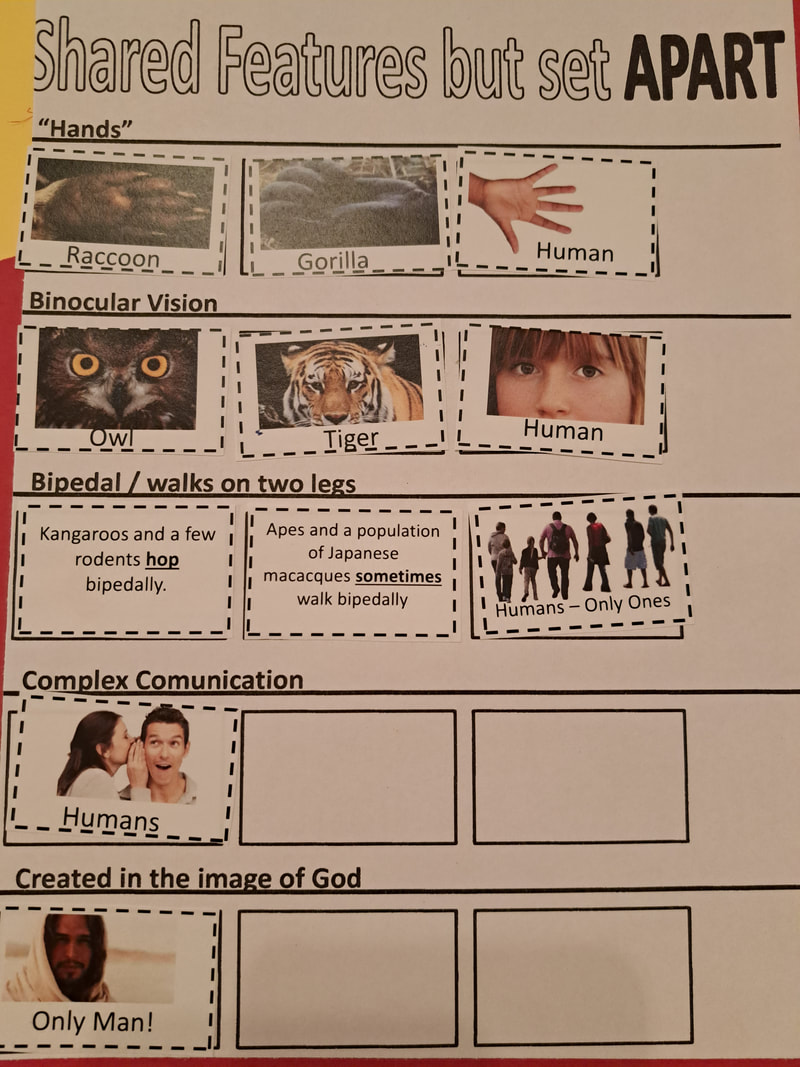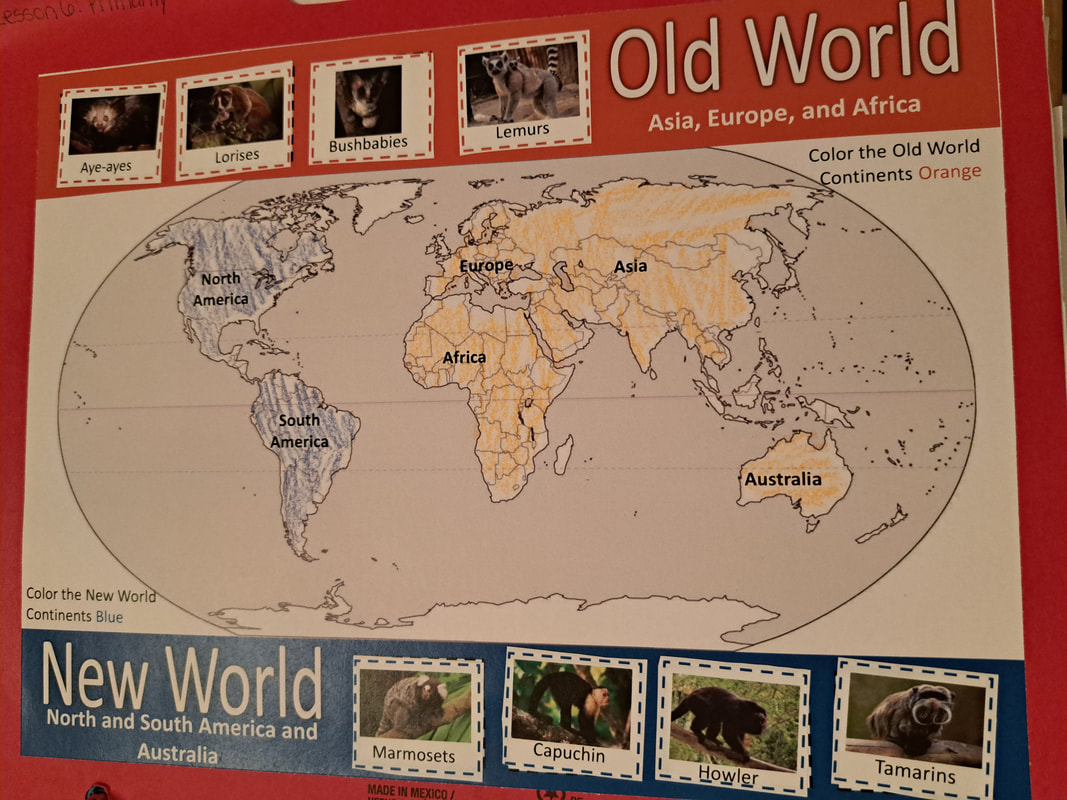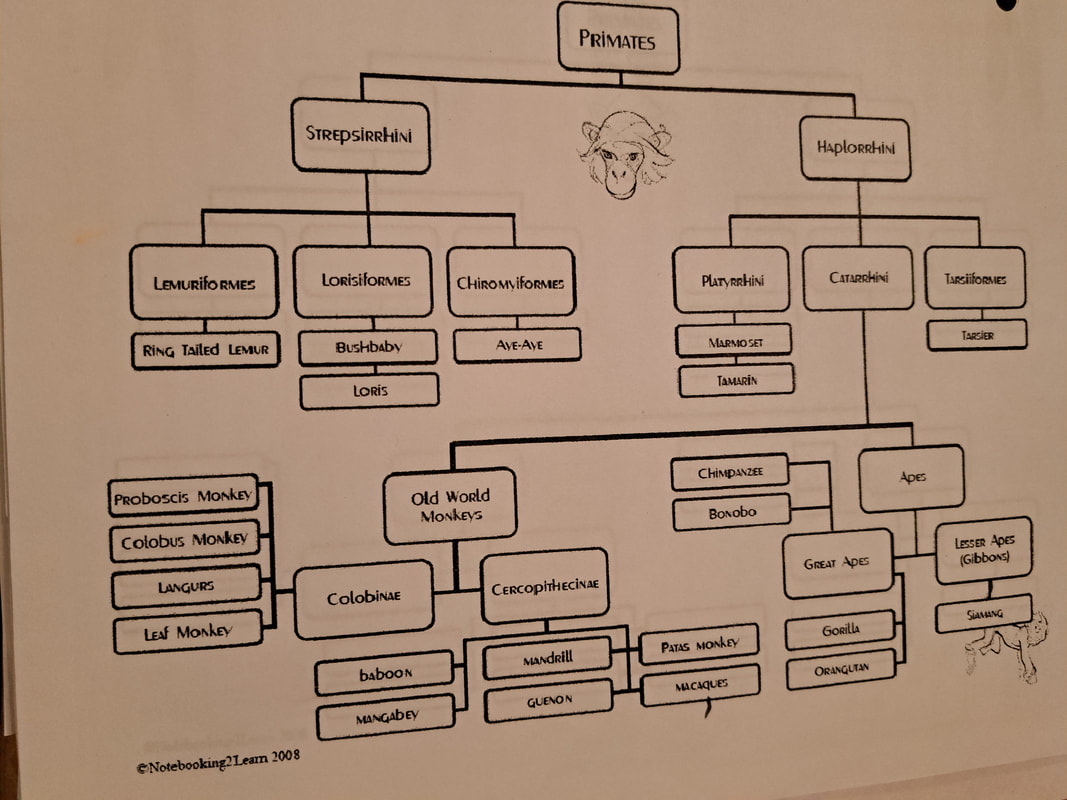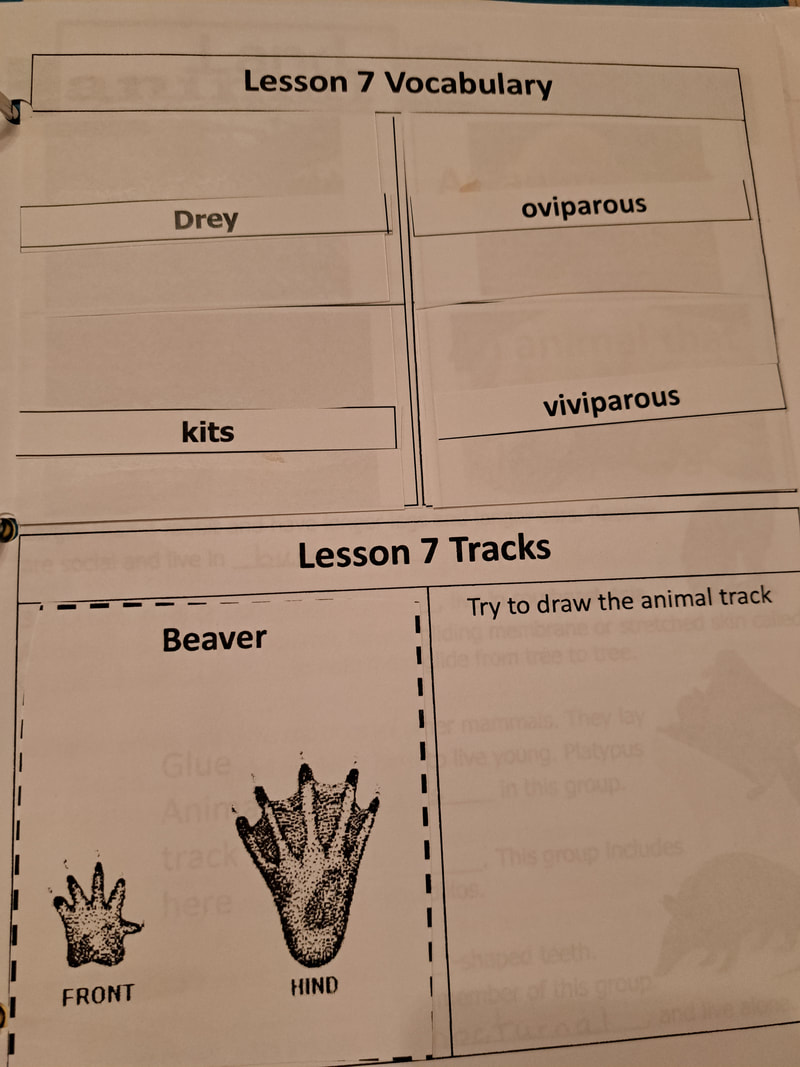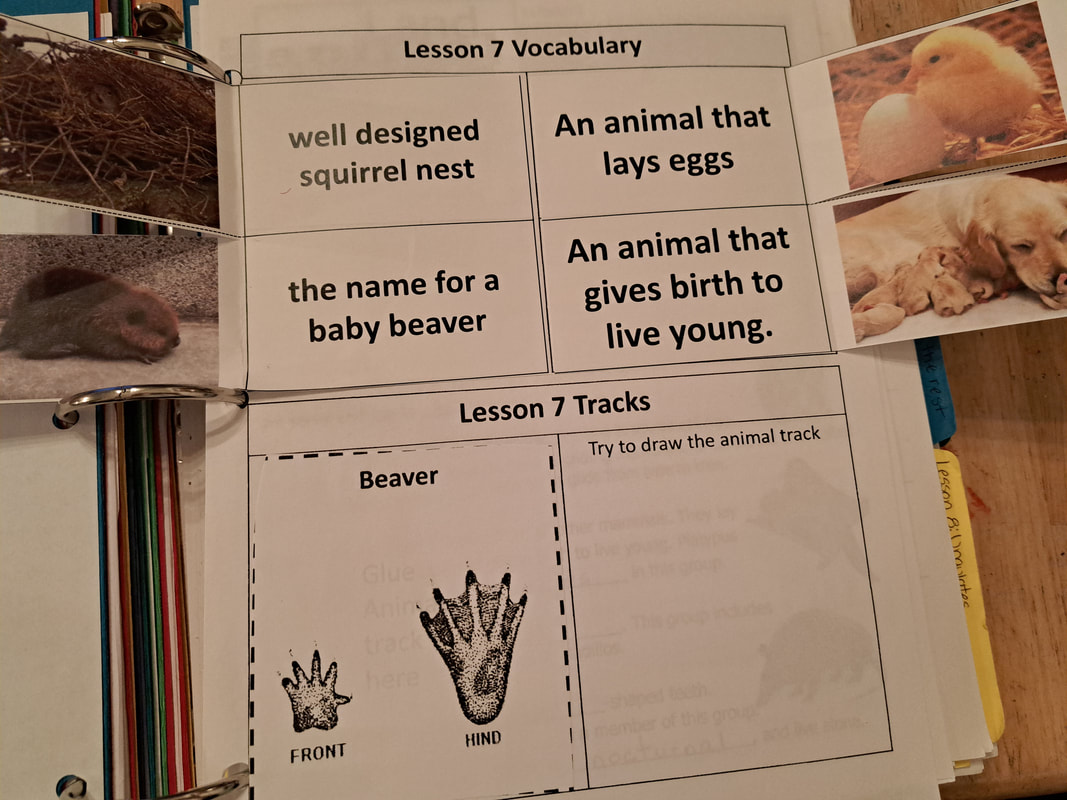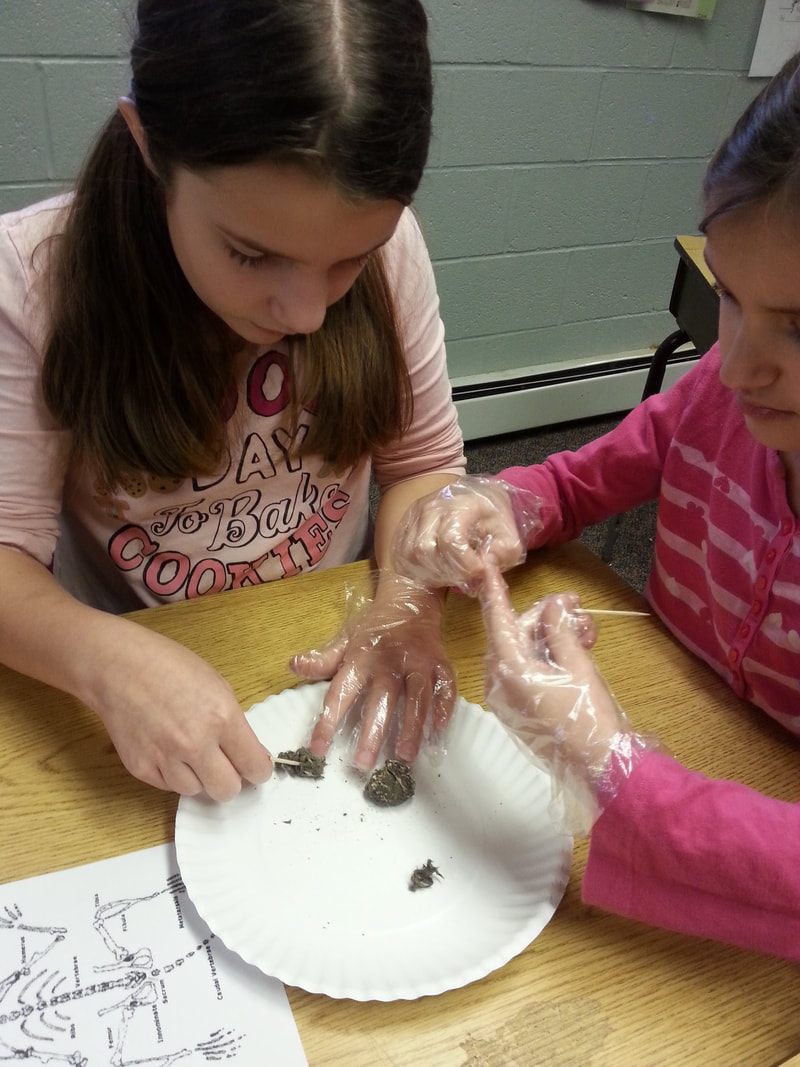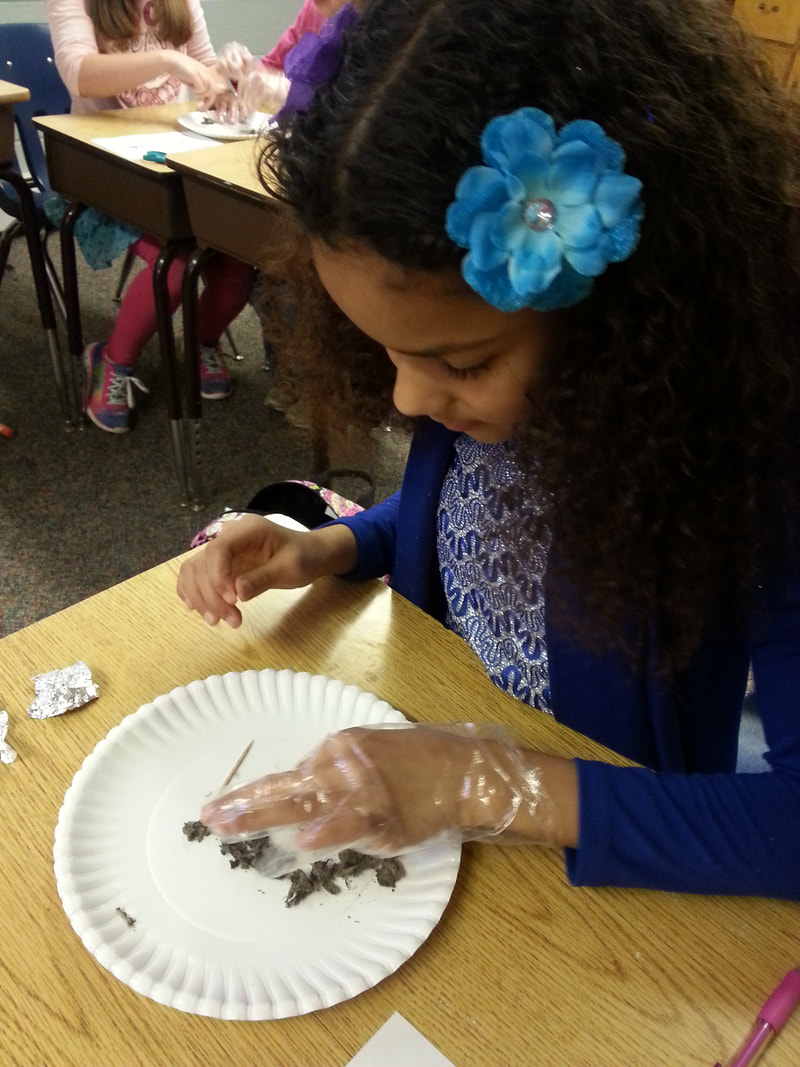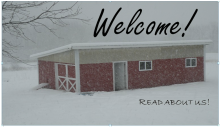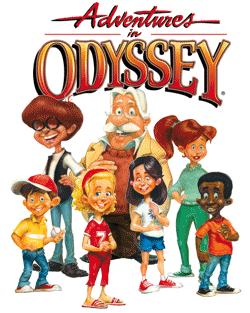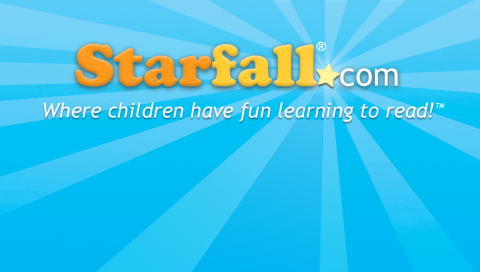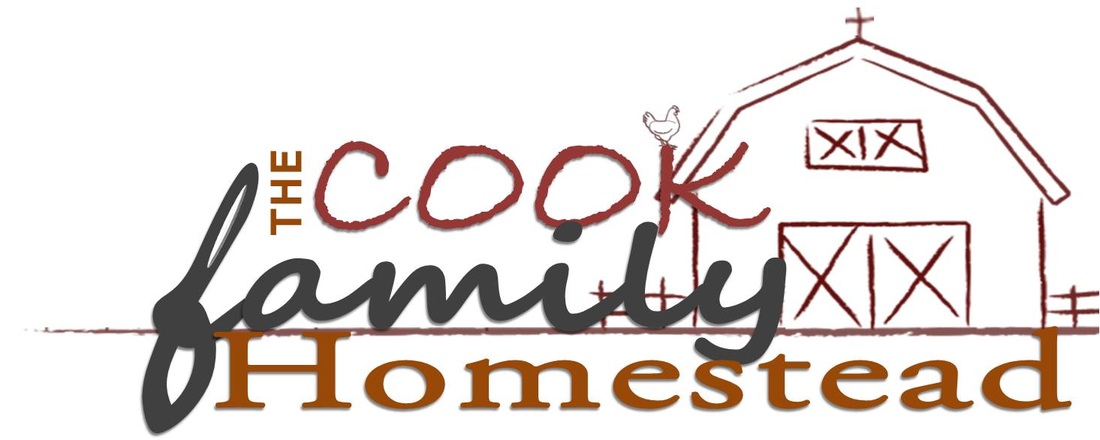When we used this particular one, we paired up with a few other teachers at our local homeschool co-op to design these notepages and activities. We used a different colored file folder for each module. Most of the modules were spread over 2 week lessons (but a few were only 1 week). Because of this, most of the modules have 2 notebooking research pages and atleast 2 folder activities. We did do some activities and experiments from the textbook that used the speculation sheets included in our bundle.
Feel free to use some or all of what is included in the Science Bundles and I will do my best to include instructions on each one. You can find these printouts for the Notebook Research Journal at our Teachers Pay Teachers Store!
|
MODULES 1 - 7 Notebooking Pages and Activities can be found here on our TpayT page.
You can also find all 14 Modules in our TpT store HERE. |
Module 1: Caniforms
**Our Research Notebooking Pages, as well as our activity pages, can be found on our Teachers Pay Teachers store.**
Vocabulary - Module 1
|
Here is the Lesson 1 Vocabulary page. The kids enjoyed putting them together, matching the definitions, and folding the flaps.
The bottom half of the pages shows an amimal track for this lesson. The students are encouraged to try drawing this track on their sheet and then placing it into their Module 1 folder in the Research Binder. |
Folder Activity Pages - Module 1
|
Left Side: This activity is pretty self explanatory. The students can sort the animals based on "kinds". There are 3 sections for "cat kind", "cow kind", and "Lizard kind". The younger kids really loved this activity.
Right Side: This activity was a tad more difficult but the older kids like the challenge. The students would place checkmarks in the categories for each animal to match each ones specific characteristics. Using stickers would also be fun! |
Module 2: Carnivorous Mammals
Vocabulary - Module 2
|
These vocabulary pages have the same layout for each module. The terms are picked randomly by our team of teachers, but feel free to change them up if you would like. These terms will be the ones included on our Teachers Pay Teachers worksheets.
|
Folder Activity Pages - Module 2
Module 2 Bonus Activity - Wild Canine Kind Booklet
This one was for the kiddos to do a little bit of research on a Wild Canine and share it with the class. As students shared their animal, they would also write down what they learned about each of the others as well. Then we would hole punch it and place it in our Module 2 Folder.
Module 3: Caniforms
Vocabulary - Module 3
|
For Module 3, the Polar Bear was our focus animal for the Animal Tracks. Have your students continue adding words, pictures and descriptions to their vocabulary pages.
Some of these words can be fun to add additional extension throughout the class either by research, watching a video, or even acting out certain terms. |
Folder Activity Pages - Module 3
|
Check out our Teachers Pay Teachers page to get your copies of our Activity Pages and Research Journal Notebooking Pages. :)
|
Left Side: This first activity was to review safety rules "If I See a Bear" with matching descriptions.
Right Side (below): Usually the 2nd activity is a bit more challening. This fan books has a back side so students can write a description for each bear. Attach them all together by brad, string, ring, or chain. Store the book in the pocket that you can attach to the folder. Bear Descriptions Brown Bears: Includes Grizzly Bears & Kodiak Bears. Extremely aggressive. Will eat meat. Have a hump on their back. American Black Bear: The inspiration for the original teddy bear. Live in North America in abundant numbers. Excellent climbers. Polar Bear: Have black skin which helps keep them warm. Largest carnivorous land mammal in the world. Sun Bears: The size of a large dog making them the smallenst bear on earth. Live is southeast Asia. Eat bees and their honey. Giant Pandas: Have Opposable thumb. Live mostlyon bamboo. Slow moving. Don't have predators in the forest of China. Still endangered because of loss of habitat. |
Module 4: Feliform Carnivores
Vocabulary - Module 4
|
This weeks animal Tracks is the Tiger! This would be a fun opportunity to show the different size Tiger paws as well.
There are so many beautiful Tigers and showing the different sized paws and comparing them would be a great activity (maybe the size difference between a lynx, lion, leopard, jaguar, tiger, cheetah). |
Folder Activity Pages - Module 4
|
Left Side: This page shows pictures and characterics between these 5 Feliforms (Lion, Tiger, Leopard, Jaguar, and Cheetah).
Right Side: Symbiosis is a relationship between two creatures where both benefit. So this page, students need to place a checkmark next to the animal picture where a symbiotic relationship is taking place. |
Module 5: Marsupials
Vocabulary - Module 5
Folder Activity Pages - Module 5
|
We also measured the length of a Kangaroo jump and compared it to how far each kid could jump.
|
Left Side: Here is a fun Pangea activity on how the Earth could have been connected at one time. This is like a puzzle activity and the kids thought it was cool.
Right Side: Here the students cut out the pictures of the various Marsupials and glued to near their home continent. |
If you have time, watching a birth of a baby kangaroo is a great extension. The kids loved seeing the baby joey crawling and emerging from the mother's pouch.
|
Module 6: Primarily Primates
Vocabulary - Module 6
Folder Activity Pages - Module 6
|
Left Side: This page is pretty self explanatory. Students glue the characteristics that line up with each category.
Right Side (above): This activity shows how the continents are categorized into Old World (Asia, Europe, and Africa) and New World (North/South America and Australia). The correst Primates are glued according to this map and continent. |
Module 6 Bonus Activity -
|
Module 7: Rodentia and the Rest
Vocabulary - Module 7
Folder Activity Pages - Module 7
|
Right Side: This activity shown here is just a glued in diagram for a visual. We used our 2nd week's class time to dissect OWL PELLETS. These barn owl pellets have the bones from a rodent and the students are trying to piece the bones back together using this diagram.
Even though some thought it was gross, they talked about it for weeks as one of their favorite class activities.
**Using paper plates is very helpful for this activity**
|

